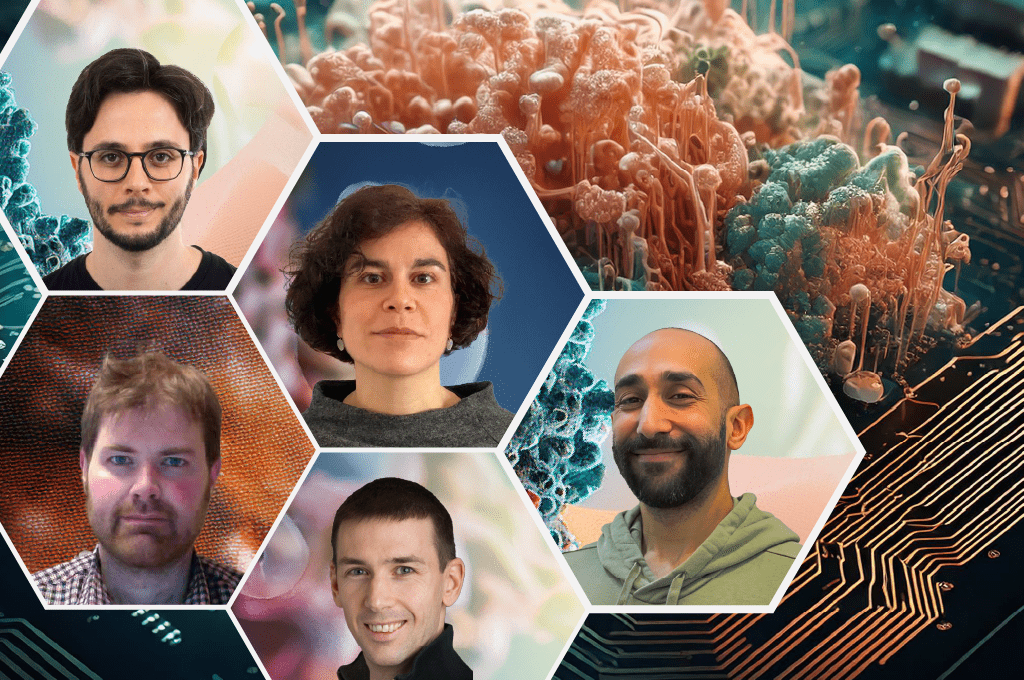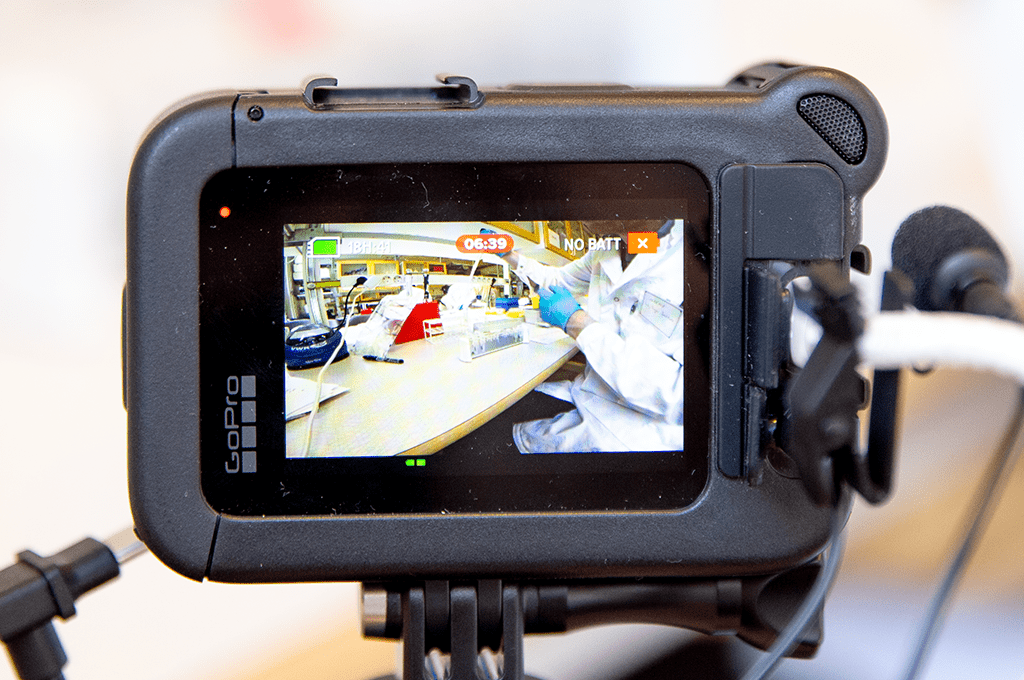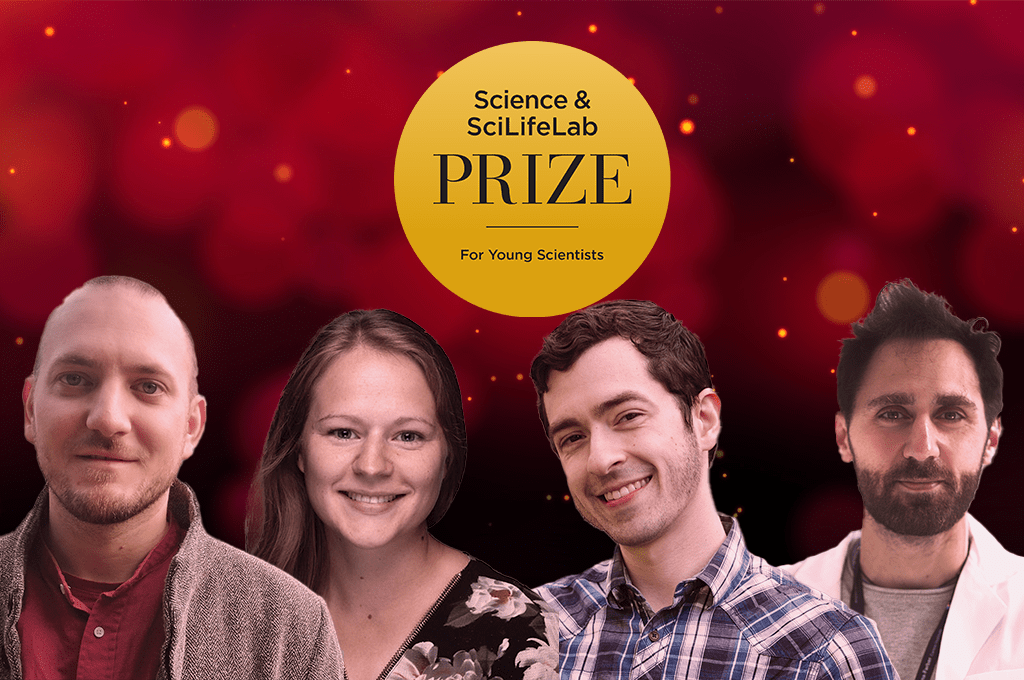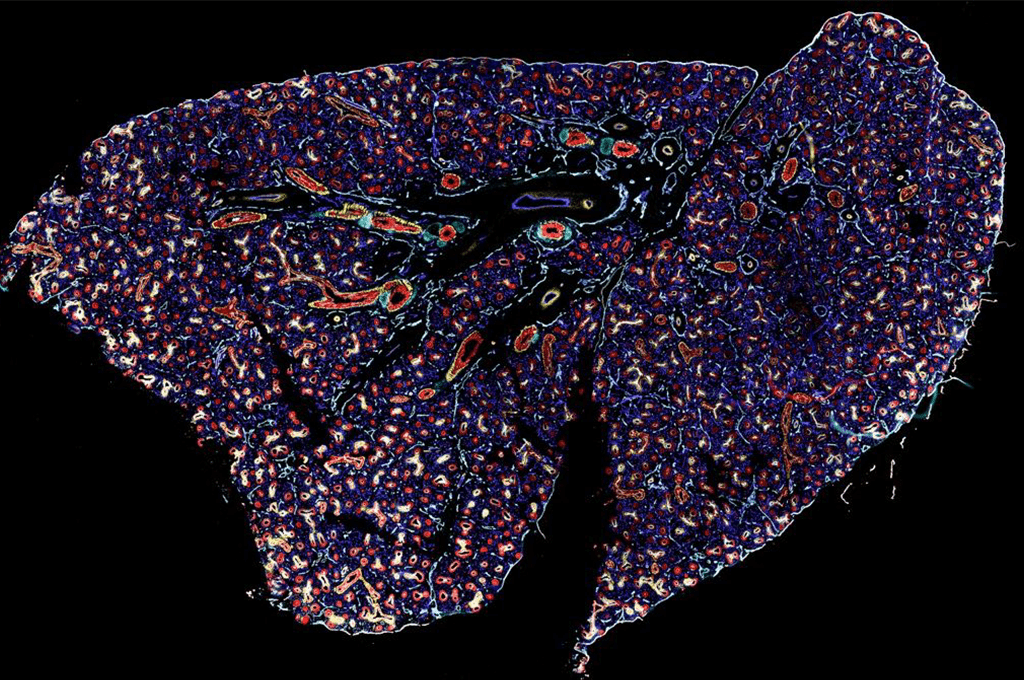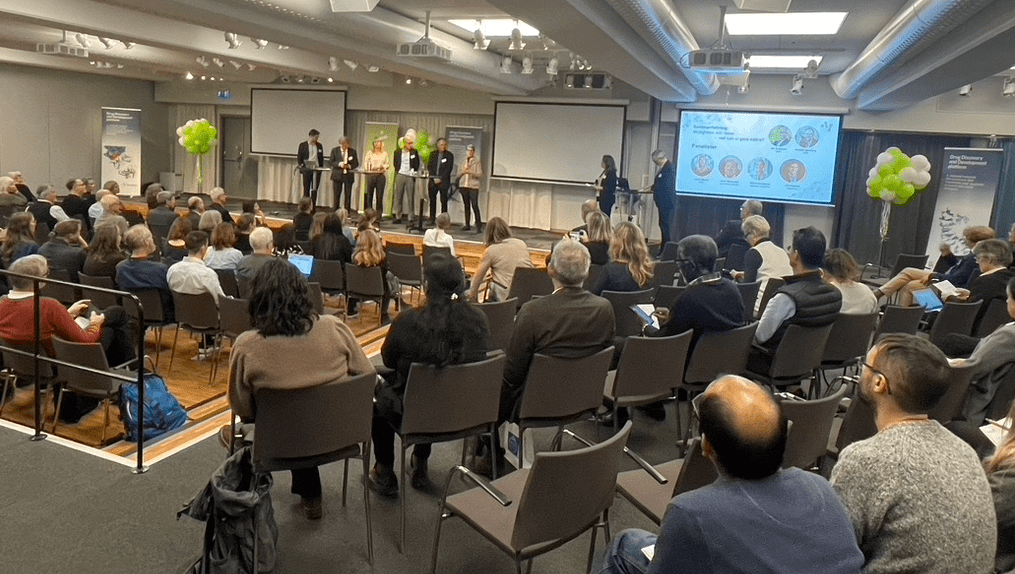New SciLifeLab developed tool overcomes prediction limitations of Nobel Prize-winning AlphaFold
SciLifeLab researchers have developed a new tool called AF_unmasked. The tool is designed to overcome the limitations of AlphaFold when predicting large and flexible protein complex structures. Their article was published (in Nature Communications) on the same day that the creators of AlphaFold were awarded the Nobel Prize in Chemistry. It is a remarkable coincidence, but also a testament to how cutting-edge and timely SciLifeLab’s research is.
In the 15th edition of the Critical Assessment of Structure Prediction (CASP15) experiment, updates to AlphaFold greatly improved its ability to predict structures involving multiple proteins. However, AlphaFold still struggles with large protein complexes, and integrating experimental data into its predictions remains challenging and very promising. To overcome these hurdles, a new tool called AF_unmasked has been developed.
“Predictions from AlphaFold are impressive, but not that useful if taken in isolation. Ideally, there would be tools to seamlessly integrate these predictions with experimental data coming from direct observation of biological molecules. AF_unmasked is the result of a fantastic collaboration between NBIS and the Cryo-EM Unit, and the first step towards bridging this gap,” says Claudio Mirabello, a bioinformatician at SciLifeLab National Bioinformatics Infrastructure Sweden (NBIS) and Linköping University.
AF_unmasked can merge experimental data with computational models to produce more accurate predictions of complex protein structures, even in challenging situations. These predictions are highly reliable and can offer new insights that help interpret experimental findings or design new hypotheses. AF_unmasked is capable of generating high-quality structures (with a DockQ score above 0.8, which indicates strong accuracy) even when there’s limited evolutionary data or when starting with incomplete experimental structures.
Another key feature of AF_unmasked is its ability to “fill in the gaps” in incomplete experimental models and to propose multiple conformations, which could help us better understand how proteins move and function. In short, AF_unmasked is a user-friendly tool that improves the prediction of large, complex protein assemblies by combining computational power with experimental evidence.
“I am so glad to have met Claudio who has taken in our biological problems and cryo-EM data to implement an easy-to-use tool such as AF_unmasked for the analysis of large, flexible, and homo-oligomeric molecular machines. I think that many in the cryo-EM community will benefit from AF_unmasked,” says Marta Carroni, platform director at SciLifeLab Cellular and Molecular Imaging and head of unit at Cryo-EM Stockholm.
The AF_unmasked tool was published on the same day the Nobel Prize in Chemistry was awarded (in part) to Demis Hassabis and John Jumper, the creators of AlphaFold. We highlighted this in a news article where the authors of AF_unmasked shared their thoughts on AlphaFold receiving the Nobel Prize.
According to Björn Nystedt, co-director at the bioinformatics platform (NBIS), “This collaborative project was primarily started as a knowledge-building initiative, to ensure that we would properly understand and apply these recently released structure prediction tools. However, thanks to the outstanding competencies of the staff at the SciLifeLab platforms and collaborative researchers, it quickly developed into a situation where we were operating well beyond the state-of-the-art, solving problems that the current methods did not address.” He adds, “This is a prime example of how we can utilize SciLifeLab’s experimental and computational know-how across platforms to open up new and exciting opportunities for the Swedish Life Science community.”
AF_unmasked will soon be available through SciLifeLab Serve. Stay updated by visiting our Serve website in the coming days.
